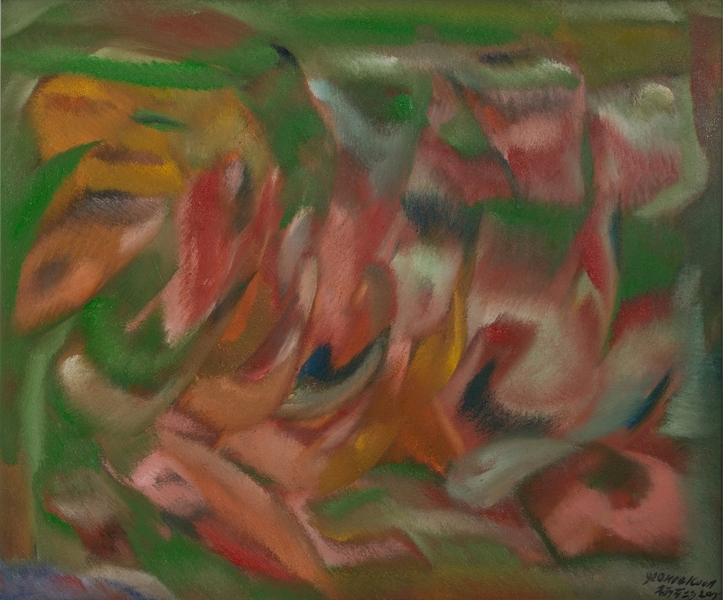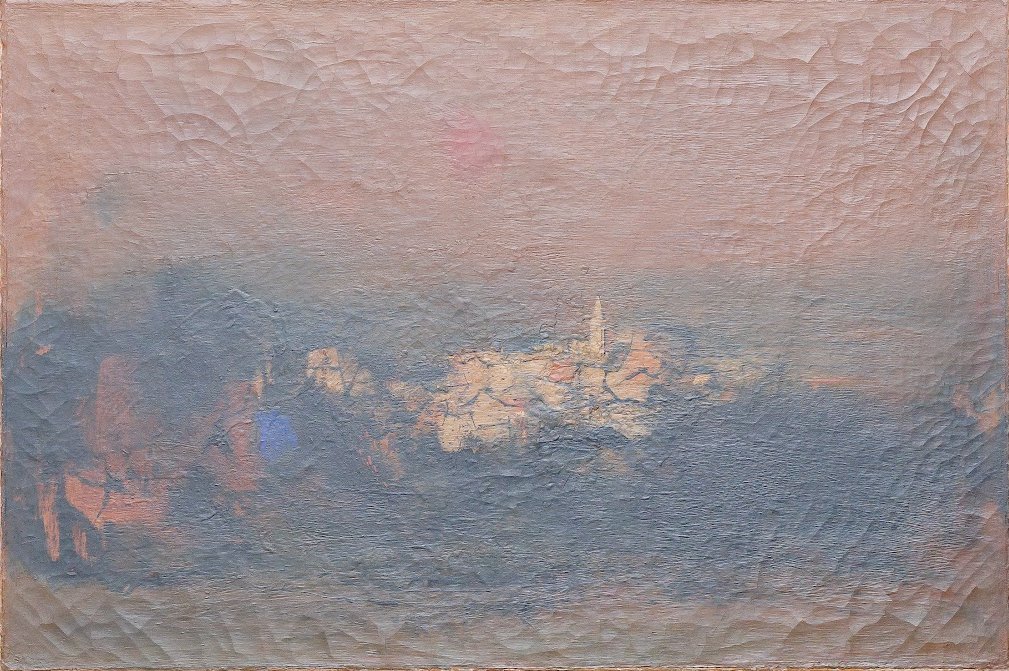Acrylic Painting on Canvas Team Bonding Art Jamming Singapore Visual Arts Centre
























Yeo Hoe Koon
Oil on Canvas
64 x 89.5 cm
Price Range: $16,000 - $20,000

Yeo Hoe Koon
Oil on Canvas
101 x 123 cm
Price Range: $26,000 - $32,000

Chen Wen Hsi
Chinese Ink and Color on Paper
50 x 54cm
Price Range: SGD $42,000 - $50,000

Cheong Soo Pieng
Red Tone
61 x 91.5cm
Price Range: SGD $108,000 - $138,000

Cheong Soo Pieng
Abstract Landscape
50 x 61cm
Price Range: SGD $95,000 -$128,000

Fan Shao Hua
Chinese Ink and Colour on Paper
100 x 100cm
Price Range: SGD $9,800 - $14,800

Fan Shao Hua
Chinese Ink and Colour on Paper
100 x 100cm
Price Range: SGD $8,800 - $13,800

Why so few art studios provide nude life drawing sessions is something we are never able to fathom, considering the many pros of nude life drawing sessions. After asking our friends, there seem to be a common consensus (which by the way are very wrong notions that we will debunk later on!) that nude life drawing sessions are for highly cultured and refined socialites, where they will sashay into the studio with the pearls on their neck, pour themselves glasses of Montoya Cabernet and pair it with a piece of cracker and a thin slice of Gouda cheese.
That is a BIG. FAT. LIE.
(Although we do like the idea of pairing wine appreciation session with nude life drawing sessions)
In fact, nude life drawing should be highly encouraged and exposed to the masses as a form of art that celebrates and appreciates different bodies. Of course, to be able to successfully convince the masses the perks of nude life drawing does not simply happen overnight. So, what better way to introduce nude life drawing than to show you the many reasons why we think practising nude life drawing is so beautiful and important.

“Reality never lies.”
Someone who is uncomfortable or unfamiliar with looking at someone else’s naked body will always ask “Why on earth must we stare a naked model? Why can’t we just have a mannequin or photos of naked models?”
When you draw a life model, what you are actually doing is capturing the world as it is really is. This includes studying the proportions of the body parts, the shadows on the model (depending on where the light is at), the form and shape of the model and also the perspective. These are essential elements that really builds the foundation of your drawing and sketching journey.
Moreover, by staring and really observing the facial features and body parts of the model (rather than a photograph), you are in the process of training your eyes to see things the photograph cannot picture.
What is also beautiful about nude life drawing is that when you are in the studio doing it, your objective as a student is to represent the model’s image and not judge the masculinity of femininity of the model.
“The human body is intricate and complex – there is so much to learn about the human body.“
One might also ask “Why must the model be naked and not partially or fully clothed?”. After all, we can still see some skin and muscles if the model is partially or fully clothed, no?
Well technically, you could get a fully clothed model to sit in the middle of 10 strangers but that is better known as a Portrait Drawing Session. For nude life drawing, as the name suggests, will require the model to be naked but for good reasons – “The human body is intricate and complex.”
Getting a good gauge of the model is not just looking at the cheek bones on the model’s face or the toned shape of the muscles. It is also about observing the way the model stands, which leg is taking more weight of the body and the tension present when he/she holds a certain pose. It is generally much more difficult to see the muscles and bone structure when there is clothes on.
Different art studios will have different ways of conducting the nude life drawing sessions. There are studios who have these sessions running for only 150mins or less. Such studios will usually have their models do some quick poses in the beginning of the session to get everyone familiarised with the basic techniques needed for nude life sessions. After which, there will be a long pose where the students can observe longer and more carefully, for a more detailed drawing. Some other studios might have the model do the same pose, running the nude life sessions for weeks and months. This would allow students to focus on the same drawing and have the drawings touched up to almost perfection. Students can also choose to focus on different facial features or body parts for each session, should they feel that they need to improve their drawing for certain body parts.
Visual Arts Centre is one of the few art studios in Singapore that provide and appreciate nude life drawing sessions greatly and we would love for you to join us on our monthly adventure! If you are still not comfortable with nude life drawing, fret not because we do provide portrait drawing sessions as well! Click on the links below to find out more about the workshops we have here!
Purchase 4 workshops for only $280.
Contact us at 6255 0711 or drop us an email at info@visualartscentre.sg for more information about the workshops.
Click and get to our WhatsApp
Embark on a captivating journey into the vibrant world of digital art! Our Foundation in Digital Art workshop invites budding creatives aged nine and above to unleash their imagination and hone their artistic skills in a dynamic, supportive environment. From mastering basic digital tools to crafting mesmerizing digital masterpieces, children will explore a spectrum of techniques guided by seasoned mentors. Through hands-on activities and interactive sessions, participants will discover the endless possibilities of digital expression while fostering creativity and critical thinking. Join us for an exhilarating adventure where young artists transform ideas into stunning visual realities, igniting a passion for digital art
In the Batik Introduction Handkerchief Painting workshop, participants will learn the traditional art of batik, a wax-resist dyeing technique originating from Indonesia. The workshop begins with a brief history and overview of batik, highlighting its cultural significance and various techniques. Participants will then observe a demonstration of applying wax with tjanting tools and dyeing the fabric. Following the demonstration, each participant will design and create their own batik handkerchief, applying wax to create patterns and then dyeing their fabric. The workshop concludes with a group discussion, allowing participants to share their creations and reflect on their learning experience.